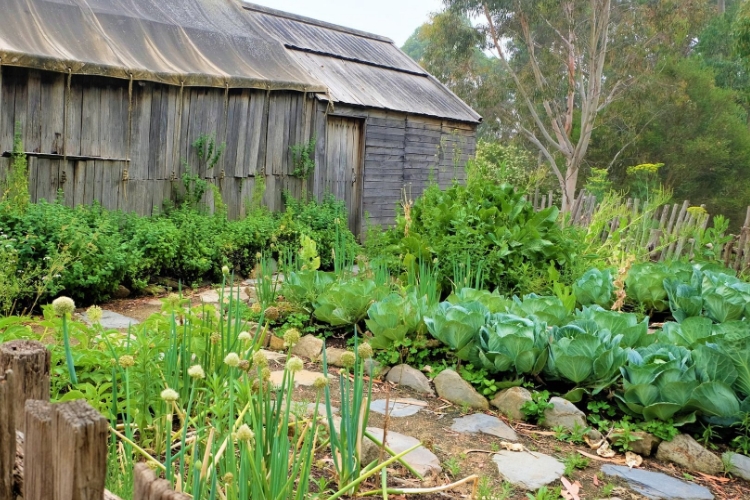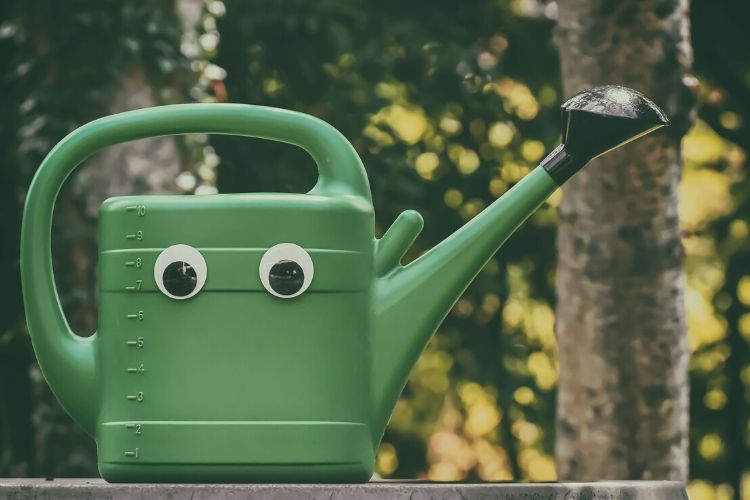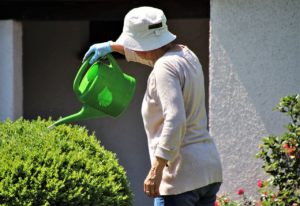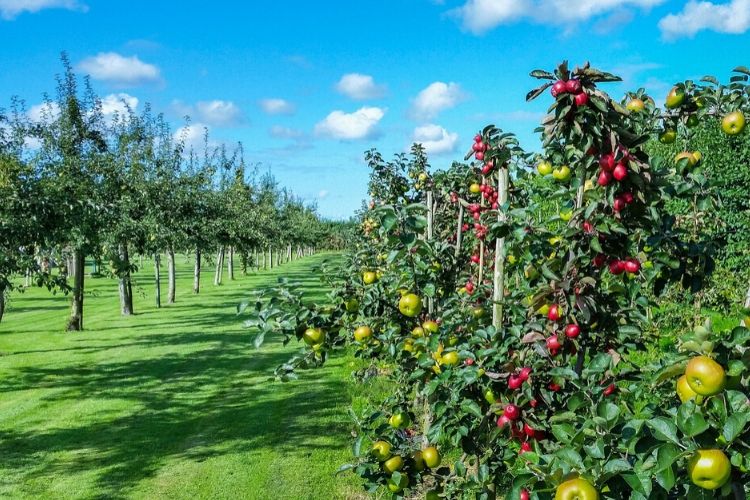Mineral fertilizers help plants grow more intensively and increase yields. These fertilizers are not completely natural, but their composition is easily absorbed by both garden and indoor plants. To use them correctly, be sure to read the instructions and observe the proportions indicated on the packaging. If the manufacturer states that the NPK fertilizer solution is 5 + 4 + 6, this means that it contains 5% nitrogen, 4% phosphorus oxide and 6% potassium oxide. When choosing, you need to take into account the properties, application time and requirements of the plants. Read More
How to Protect Your Garden From the Sultry Heat?
Temperatures over 30 degrees have a very detrimental effect on all green spaces in the garden. A person is not yet able to influence the ambient temperature, it is also not possible to shade all plants. So how do you keep your garden plants from the heat? Correct and timely watering is what can really help in this situation. Even heavy rains, especially those that occur occasionally, do not improve the situation, since very heavy rain can soak the soil by no more than 50 cm, while the root system of most fruit crops is much lower.
Necessary watering of garden trees and shrubs
Dry heat most often occurs in autumn and this is precisely the most dangerous situation for all fruit trees and berry bushes that grow in the garden. On many plants, flower buds of the next season are laid in the fall, and without sufficient moisture, such buds will have especially difficult time. Also, a lack of the necessary moisture will interfere with normal healthy root growth. In addition, if the root system does not receive enough moisture, then it will not be able to store the required amount of nutrients to cope well with the winter period.
Watering the garden during dry and hot periods:
important notes for all gardeners
- It is advisable to water it abundantly enough so that the plants have the opportunity to fully recover from the harmful effects of increased ambient temperature. This is especially true at the beginning of autumn, when the fruits have already been harvested and the root system is developing.
- Do not water your garden plants with small doses of water. This not only will not save fruit trees and shrubs from the heat, but it can be harmful. With such watering, only the surface layer will be well moistened, which means that only those roots that are on top will develop. Therefore, trees will develop a shallow root system, and in the next drought, such shallow roots will be the first to suffer. The task of the true gardener is to form a deep root system in his garden plants. And drip irrigation is best used in garden beds and greenhouses. Ready-made drip kits make installation a lot easier.
- Watering is necessary so deeply that the root system is completely moist. For example, apple and pear trees must be watered at least one meter deep. Berry bushes must be watered 40-50 cm deep.
- Improper Watering – Put the watering hose near the tree trunk, turn on the water and leave the trees alone with watering. In this case, the water will spread on all sides, really getting little under the trees. The suction roots located on the periphery, namely, they absorb water, will not receive water from the hose with such abundant irrigation. All the water will go to the big “pipeline roots”. To understand where the peripheral suction roots are, you need to pay attention to the crown and draw a conditional line from it to the ground – where the crown ends, there will be peripheral roots. It is according to the projection of the crown that all fruit trees must be watered.It is also necessary to take into account the fertility of the soil – the richer and better it is, the closer to the trunk are the peripheral small roots. And the poorer the soil, the farther from the trunk small roots move away in search of moisture and nutrients. Thus, correct watering is watering the area according to the crown projection.
- In order for the water not to spread during watering, it is necessary to make a hole in the near-stem circle. Gardening tools, which you can buy in our online store “ALL FOR IRRIGATION” by the link, will help you do it quickly and efficiently. Next, a watering hose is placed in this hole and water is turned on.
- You need 8-10 buckets of water for one medium-sized fruit tree.
- It is important to observe the irrigation process so that the water does not interrupt the barrier and begin to spread.
- It is necessary to water in portions – the hole is full, the water is turned off, the water is absorbed – the water is turned on, etc.
- To understand how much water to water from a garden hose, you need to measure with a stopwatch the time during which the water from the hose is drawn into the bucket, then multiply this number by the number of buckets required and thus you get the time it takes to water each tree from the hose in order to pour out the necessary him the amount of water.
- Particular attention should be paid to the conifers and evergreens of the garden. In such plants, water evaporation occurs constantly, which means that they constantly need additional moisture.
- It is important not to overdo it with watering. Large amounts of water can also displace the air and oxygen needed by plants from the soil.
- To understand whether there is enough moisture in the soil, you need to take a shovel and dig out a small lump of earth and take it in your hand – if the soil is dry, then there is really not enough moisture; if the earth is collected in a lump, then there is enough moisture in the soil; if the dirt flows down, it means that the soil is waterlogged.
- Autumn watering during the dry period can and should be combined with plant feeding – all nutrients will get to all roots in the maximum amount, thus preparing garden plants for the winter period. You can find out how to carry out winter moisture-proof watering in the article at the link.
When to Prune Fruit Trees?
To get a generous fruit harvest, you need to carefully and competently take care of your garden, namely, regularly prune trees. This process allocates all the resources in the tree to those parts of it that need them the most. Read More



